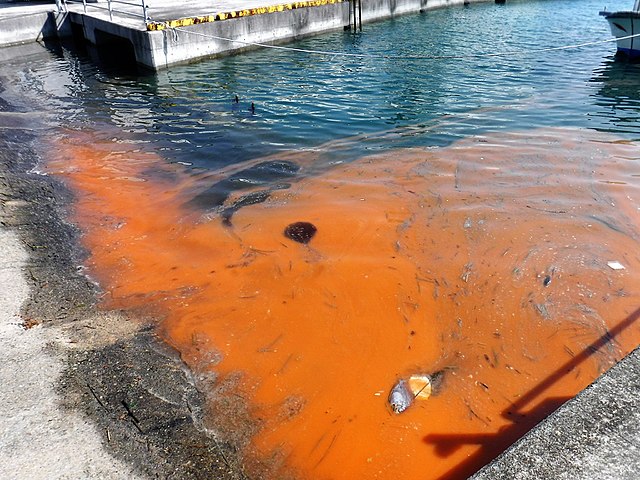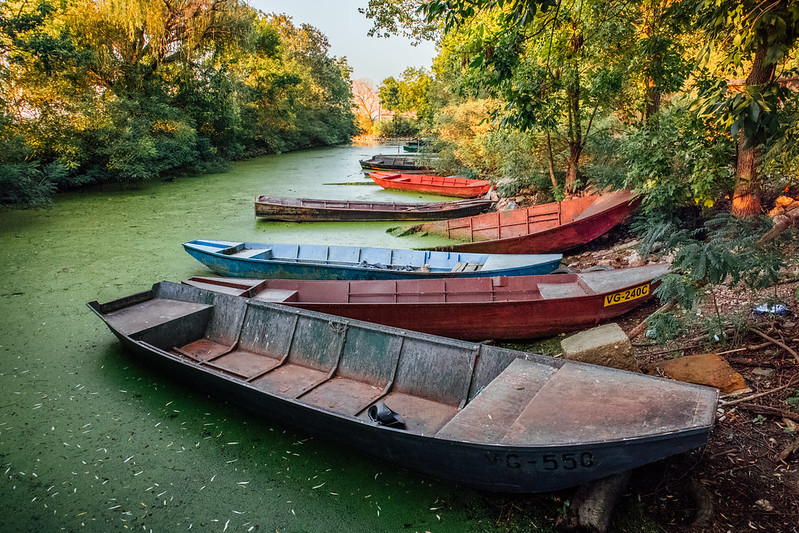 The ocean has turned red by the shores of Sydney. Beaches are closed and swimmers are not venturing out.
The ocean has turned red by the shores of Sydney. Beaches are closed and swimmers are not venturing out.
Moreover, the water glows in the dark. Is this cause for worry? Well, let’s see.
A Red Tide
This is what is called a “red tide” or an algal bloom. It is a perfectly natural phenomenon and has nothing to do with the end of the world. So that theory can be struck out.
What remains are little marine algae – this one called Noctiluca scintillans that is naturally occurring. Why the water has turned red is because the temperature and the nutrients in the water are just right to allow these algae to bloom. And bloom they do – in their millions.
Some of them can smell bad and release gases and chemicals as a part of their metabolism that can irritate human skin. Some can be even more dangerous as they can cause something called paralytic shellfish poisoning because they release a toxin. And yet others can be harmful to fish as they deplete oxygen in the water. These dangers can be multiplied if the bloom occurs in a bay or a contained area.
Are They Always Red?
Are these blooms always red? No. There are blooms that could be colorless or a shade of pink or green. It depends on the kind of bacteria causing the bloom and the factors that are causing it.
Are blooms always in seas and oceans? No. If the water conditions are right in salty water – like it is in Sydney, a bloom could take over the shoreline. If freshwater has the right nutrients, a bloom could occur in a river as well.
Either way, the waters have to be tested for toxins and noxious gases that could be released and harm either humans or other creatures in the water.
Can You Treat Algal Blooms?
 Algal blooms typically last about a week or so and subside. However, they are very difficult to treat or control.
Algal blooms typically last about a week or so and subside. However, they are very difficult to treat or control.
Predicting their formation is not easy as conditions have to be just right – and blooms could be caused by several different organisms – each needing a different set of “perfect conditions.”
Occurring mostly in coastal systems, they do prove to be very complex and even after dying out and sinking to the seafloor, they could release gases or break down in such a way that they deplete the water of essential nutrients like oxygen. This makes it hard to control them.
As our Earth's climate warms, we may be seeing more of these blooms and it is important that we take urgent steps to curb climate change.






